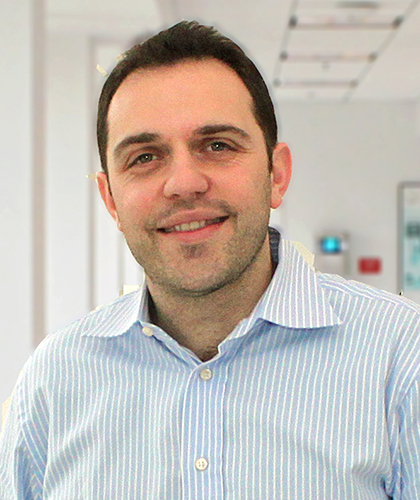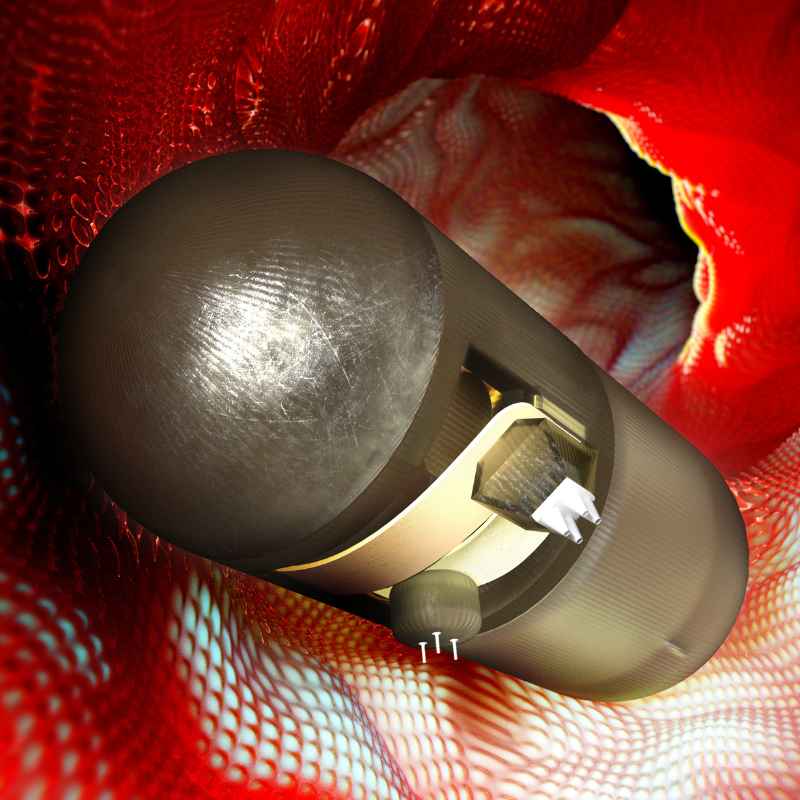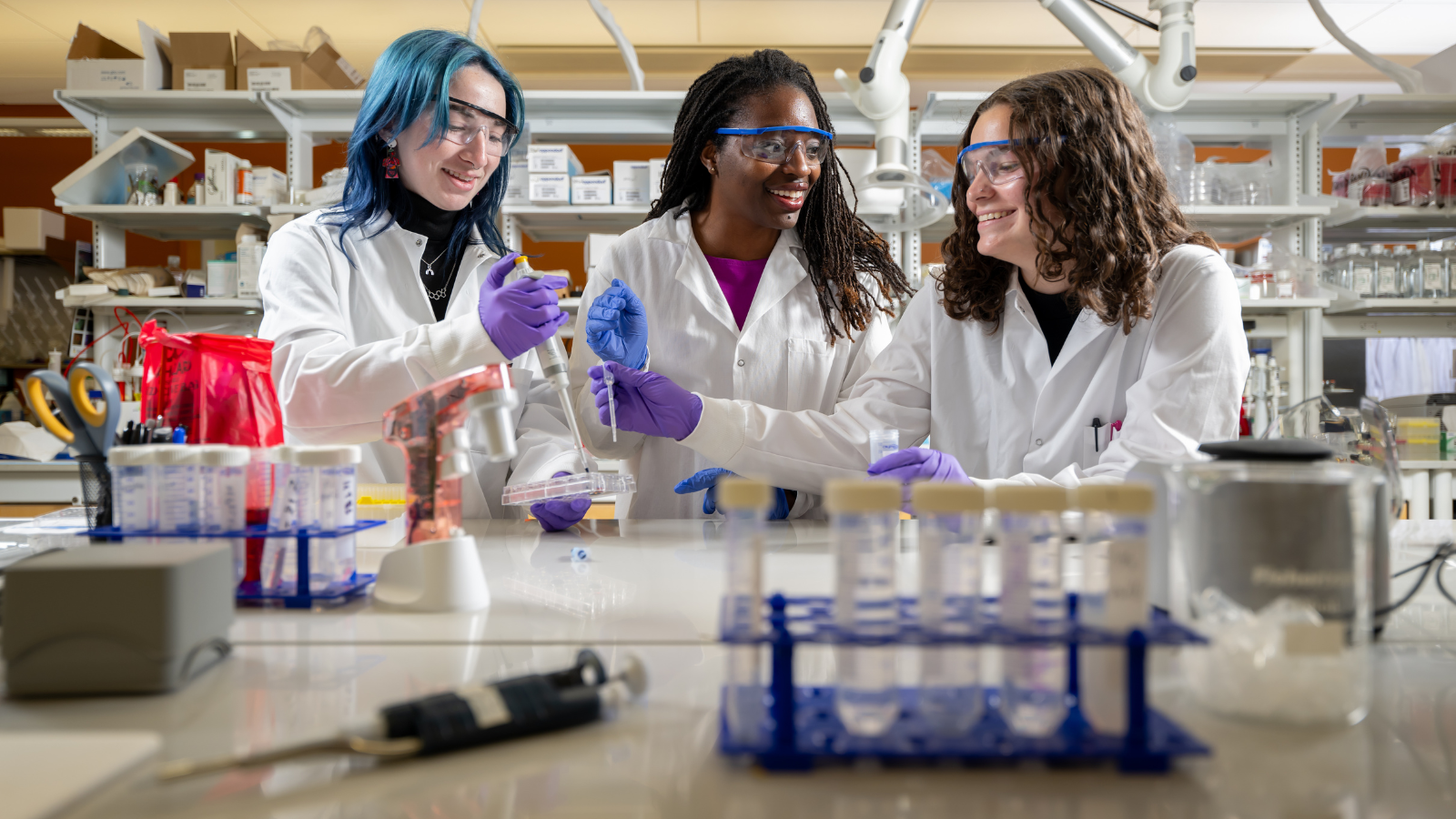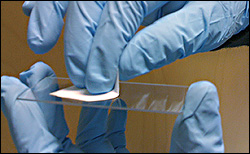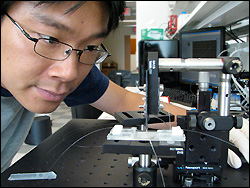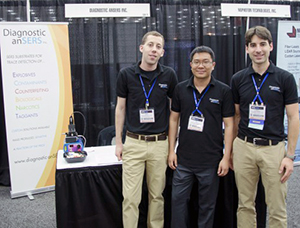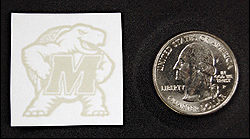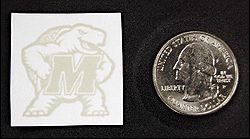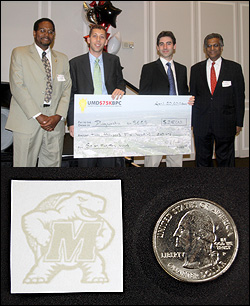News Story
Ink Jet Printer Could Make Advanced Analysis Affordable, Accessible
The following story by Rajendrani Mukhopadhyay originally appeared on the Chemical & Engineering News web site on 17 November 2010, and is reproduced by kind permission of C&EN and the American Chemical Society. View the original article »
SERS On The Cheap:
Spectroscopy: An ink-jet printer could make the technique more affordable and accessible
University of Maryland, College Park, have demonstrated that a store-bought ink-jet printer can turn paper into a substrate for surface-enhanced Raman spectroscopy (SERS). They hope the advance will make this highly sensitive technique more accessible to non-specialists (Anal. Chem., DOI 10.1021/ac102475k).
In the past decade, SERS has become a hot technique for biomedical and chemical analyses. After researchers mix metal nanoparticles with their samples, the electronic properties of the particles amplify the characteristic Raman signals of the sample molecules. These amplified signals open the door to many applications: For instance, a scientist can identify pigment compounds in pastel chips from a 19th-century painting or track the rise and fall of blood glucose in a live mouse. The technique is so sensitive that researchers can even detect single molecules.
But there is a hurdle: Fabrication of SERS substrates, the nanoparticle-laced materials that scientists apply their samples to, often requires expensive, technically challenging methods, which makes the process impractical for non-specialists. And when scientists purchase them instead of making them, the substrates have a shelf life of only a few days, which makes them impractical for studying environmental samples out in the field.
Maryland bioengineer Ian White had an epiphany one day on how to simplify the production of SERS substrates. His graduate student Wei Yu was describing how engineers can deposit silver nanoparticles on paper with a store-bought printer to make miniature electronic circuits. White realized that the paper could have a completely different application: a cheaper SERS substrate.
To test the idea, White and Yu surveyed 21 different types of paper, including coffee filters and napkins, but found that optical signals from the chemical additives in most paper products were too strong and would drown out sample signals. Chromatography filters worked best because they consist only of cellulose, which does not produce a strong signal.
Next the investigators grabbed a $60 ink-jet printer and replaced the ink in its cartridge with a silver-nanoparticle solution. Because chromatography filters wick aqueous samples, the researchers also included a cartridge filled with a hydrophobic chemical, commonly used by printer-paper manufacturers to stop ink from blurring. They programmed the printer to deposit a line of 1-mm-diameter spots of the nanoparticle solution every 5 mm. The printer covered the rest of the paper with the hydrophobic chemical so that samples would not spread beyond the nanoparticle spots. The reagents cost about 2 cents per cellulose filter.
White and Yu tested their novel substrate with a fluorescent dye called Rhodamine 6G, the gold standard for SERS. They pipetted drops of it onto the nanoparticle spots and measured signals with a conventional spectrometer. They could detect as little as 10 femtomoles of the dye in a 1-μL droplet.
White envisions inexpensive do-it-yourself printer-cartridge kits that will let scientists quickly and easily print substrates when needed. To allow for medical and environmental field analyses, his group is now making the method compatible with portable spectrometers and incorporating it into cheap, disposable paper-based microfluidic devices (Anal. Chem., DOI: 10.1021/ac9013989).
Biomedical engineer Shuming Nie at Emory University calls the work "an important technical advance" that could encourage more SERS studies. But he cautions that the femtomole detection needs improvement because it falls short of the sensitivity of conventional substrates.
Published November 23, 2010

